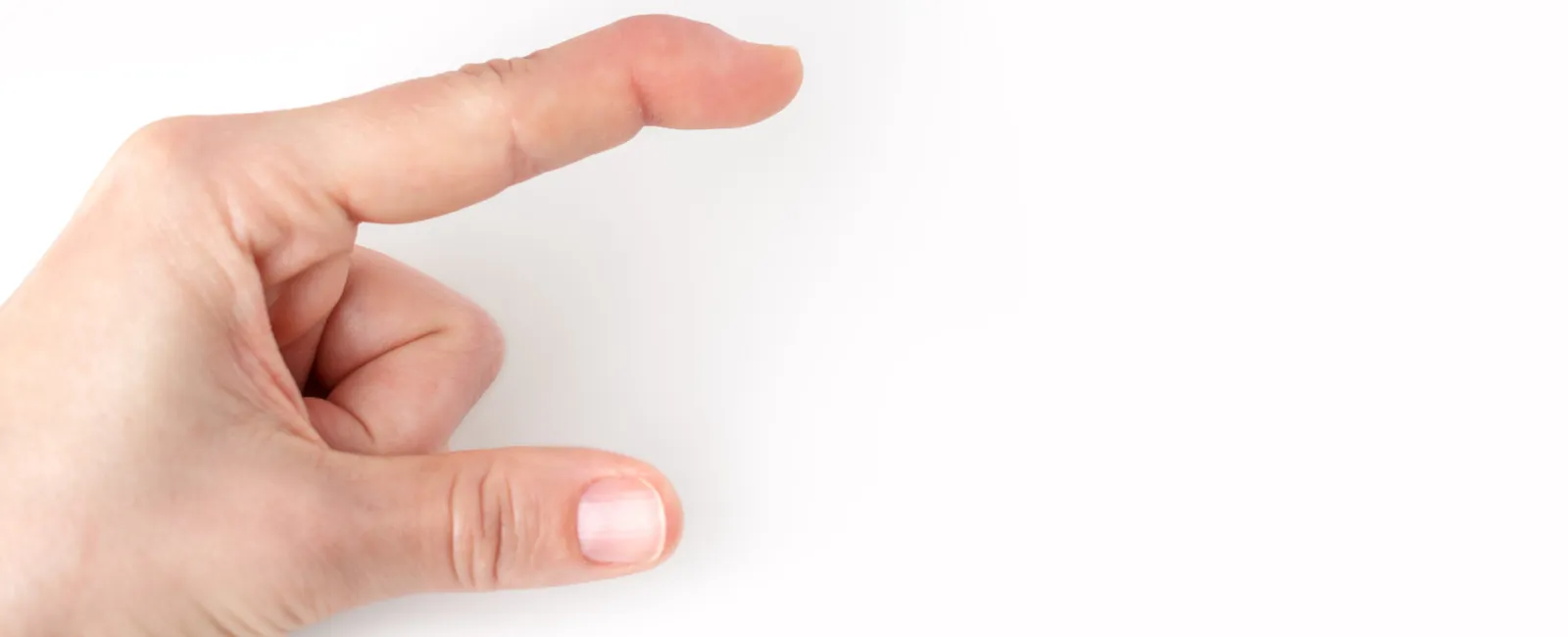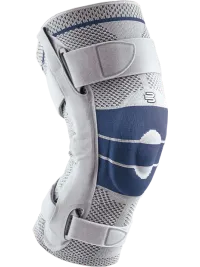A "jammed finger" happens when the tip of the finger is compressed toward the hand, injuring the soft tissue (ligament) in the joints.
Jammed fingers can happen at any time while engaging in normal activities. For instance:
- Your dog may encounter another dog while out walking, and you could jam your finger while trying to intervene.
- A basketball can suddenly hit your hand and jam one of your fingers.
- You can trip on a sidewalk and fall with an outstretched hand, landing in a way that causes you to jam your finger.
- In the middle of the night, you can stumble, hit a piece of furniture, and find yourself with an injured finger.
How to Treat a Jammed Finger
The good news is that sometimes jammed fingers can get better on their own. If you or someone you know finds yourself with this type of injury, there are things you can do to manage the problem yourself before seeking medical treatment.
The American Society of Surgery for the Hand (ASSH) provides the following helpful guidelines: In the first 48 to 72 hrs. after the injury, try to protect the injured finger by taping it to an adjacent finger, forming a finger splint. This technique is also sometimes called "buddy taping."
Icing for approximately 10-15 minutes every 2-3 hours is also recommended to reduce swelling.

Link: Jammed Finger: Symptoms and Treatment | The Hand Society
When to Seek Medical Help
However, a jammed finger can be more serious than you first realize. Even a Certified Hand Therapist, such as myself, may not immediately realize they have a significant injury after a jammed finger. In my case, it was due to adrenalin, denial, disbelief, and not wanting to let a teammate down.
This series of photos show what my ring finger looked like after jamming it into a tree just three miles into Stage 6 of 6 at the Breck Epic 6-DAY Mountain Bike Stage Race in 2014. I stubbornly refused to let my teammate down, so I pushed through to finish the final stage. Only after finishing did I realize that my injury was more extensive than I originally thought.

Photos Courtesy of Laureen Coffelt, OTR/L, CHT - following jammed finger, mountain bike racing, and smashing left ring finger into a tree.
In certain cases, if prompt surgical intervention is not sought, jammed fingers can have long-term implications. The image below provides an example of what can happen when surgery is not performed promptly, with severe complications in the postoperative course.

When to Seek Medical Attention
While you can take steps to manage symptoms on your own, as noted above by ASSH Guidelines, a jammed finger often requires a thorough clinical exam by a Hand Surgeon, along with imaging, to understand the extent of the injury and develop a treatment plan (which may include formal therapy with a certified hand therapist and/or surgical intervention). Even if your X-ray reveals only a small flick of bone is out of place, this can be very significant to regaining your range of motion and function. If it doesn't "FEEL RIGHT" it probably isn't. It may be fractured/broken or dislocated. There may be damage to the supporting structures of one of your finger joints that will need special attention and care to repair on its own, including custom splinting/ orthosis fabrication prescribed by a Hand Surgeon. There are times when surgery and/or very specific splinting may be time critical to achieving the best possible outcome. It may take up to a year for the swelling to resolve and for the finger to return to normal size.
A jammed finger may seem like a small injury, but it can have a substantial impact on your quality of life and should never be ignored. The OrthoSouth Hand Center is staffed by 5 fellowship-trained hand surgeons and several certified hand therapists who are qualified to examine, diagnose, treat, and rehab your injury as quickly as possible to get you back to doing the things you love.
This article provided courtesy of Kori Taylor, MSOT, PTA, CHT, and Laureen Coffelt, OTR/L, CHT

